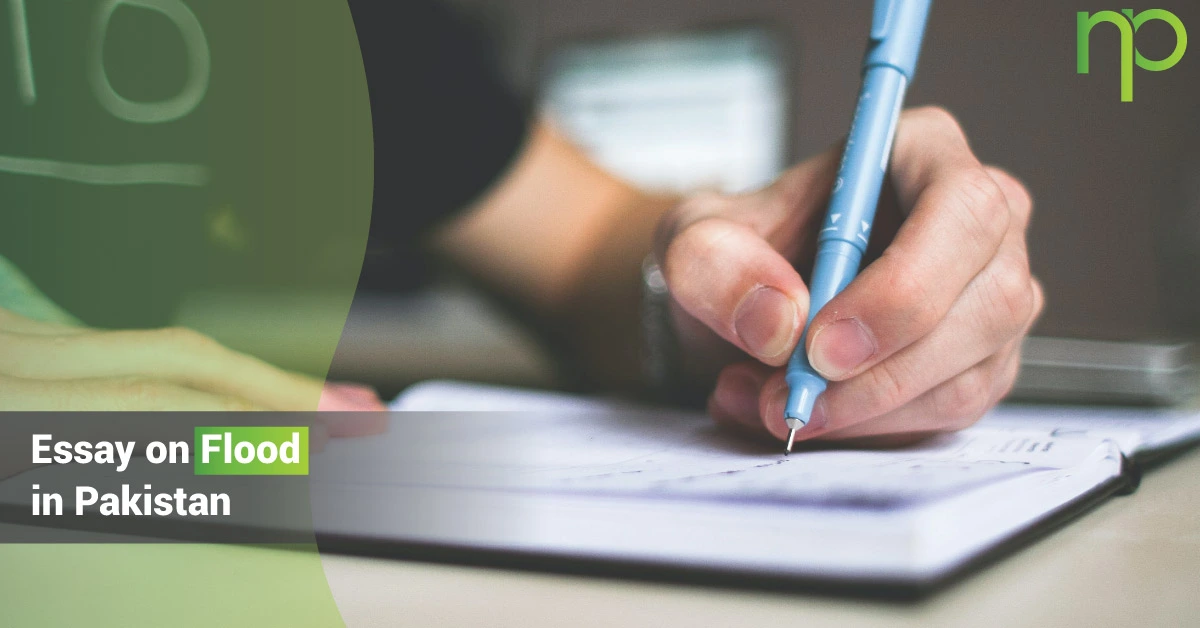
- December 4, 2023
- ubaidah khan
- 0
Floods in Pakistan have been a continual and devastating natural disaster, impacting millions of people and causing widespread destruction. The country’s vulnerability to floods is impacted by its geographic position and the downpour season. The flood in 2022, had a significant impact on the country, leading to the destruction of homes, the loss of lives, and damage to the crops and agriculture structure of that area impacting other areas as well.
Causes of Floods in Pakistan:
Pakistan’s vulnerability to floods can be attributed to various factors, including its geographic position and the monsoon season. The Indian thunderstorm, characterized by heavy downfall, plays a significant part in causing floods in the region. Also, climate change has been linked as a contributing factor, with studies suggesting that global warming has boosted the monsoon rains, leading to further frequent and severe floods.
Consequences of Floods:
There are far-reaching consequences of floods in Pakistan affecting both rural and metropolitan areas. The people are affected by the loss of their loved ones’ lives, and the destruction of their homes and crops, and their daily life routines are disturbed due to flood and they don’t know what could be happened to them. The floods also affect the country’s agricultural sector, leading to the loss of crops and livestock, which in turn affects food security and the livelihoods of the people.
Response and Ongoing Challenges:
The government of Pakistan, along with chromatic international associations, has been involved in relief exertions and post-disaster requirements assessment to address the far-reaching damage caused by the floods. Still, the response has been hampered by ongoing challenges, including the country’s social vulnerability, high poverty rates, and climate change’s impact. The recreating nature of floods in Pakistan underscores the critical need for climate action and effective disaster operation strategies to alleviate the impact of similar disasters on the country and its people.
2022 Flood in Pakistan:
The 2022 floods in Pakistan have had resonating impacts, with roughly 1 in 7 Pakistanis being affected by the disaster. The millions who survived the floods were forced to flee their homes with minimum things, worsening an earlier dire situation. In response to the extremity, the international community has been involved in furnishing aid and support to the affected population. Also, the Indus River System Authority was compelled to authorize further evacuations to grease the release of water from heads, as the inrushes hovered to exceed the capacity of several budgets, posing a threat of disastrous breaches and fresh flooding, losses, and destruction.
The road to recovery for Pakistan in the aftereffect of the floods is long and laborious. The expansive damage to structures, homes, and farming land will bear sustained efforts to rebuild and rehabilitate the affected areas. The relegation of a large number of people has also created a significant philanthropic challenge, with the need to give sanctum, food, and medical backing to the displaced population. The floods have underlined the significance of effective disaster operation and the need for long-term strategies to address the impact of similar recreating disasters on the country and its people.
Conclusion:
In conclusion, floods in Pakistan are intermittent and ruinous natural disasters that have a significant impact on the country and its people. The causes of floods are multifaceted, including geographic, meteorological, and mortal factors. The consequences of floods are far-reaching, affecting lives, homes, structures, and the agricultural sector. The response to floods is ongoing, with the government and transnational associations working to address the expansive damage caused by the disaster. Still, the recreating nature of cataracts in Pakistan highlights the need for climate action and effective disaster operation strategies to alleviate the impact of similar disasters on the country and its people.